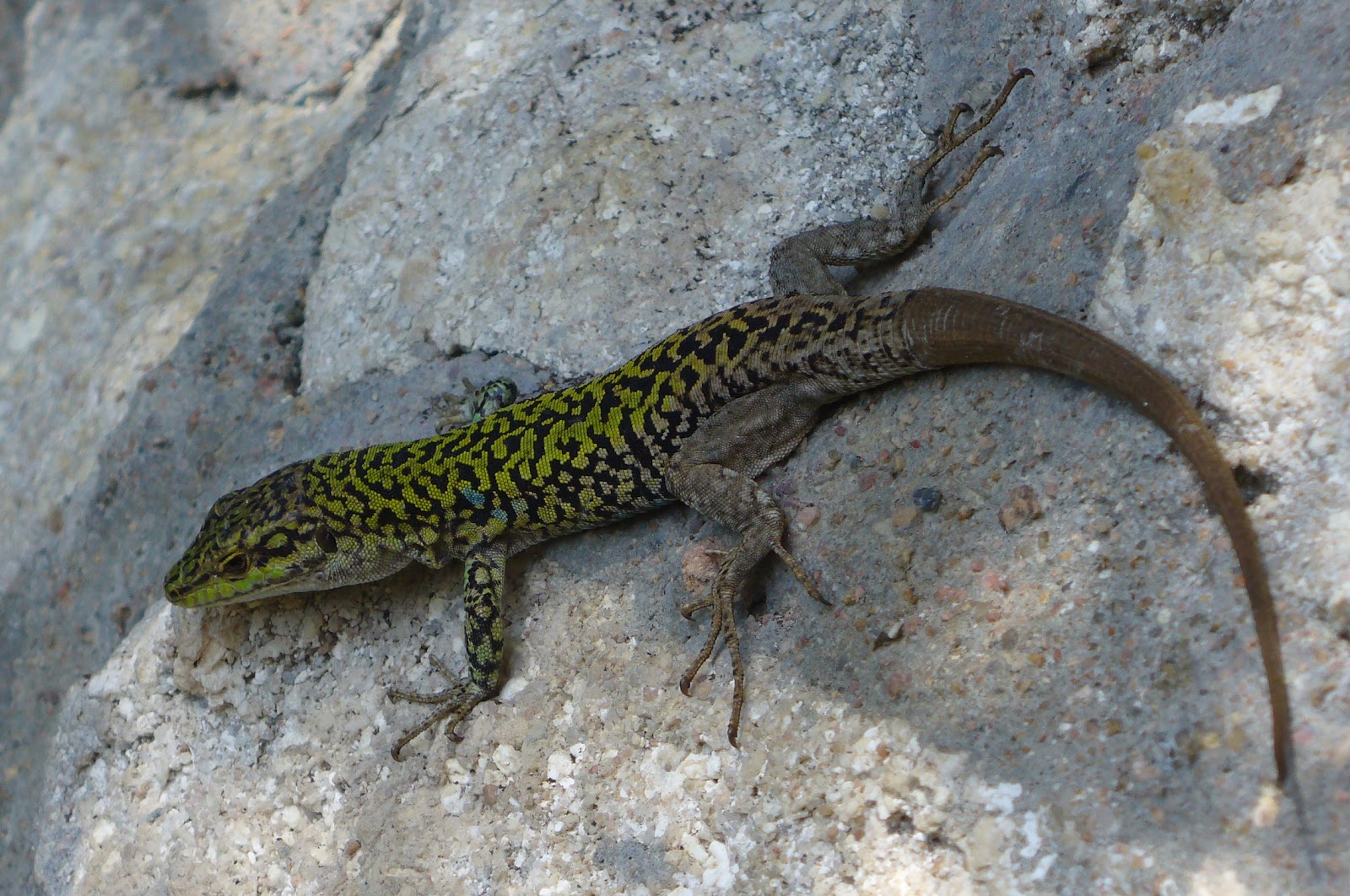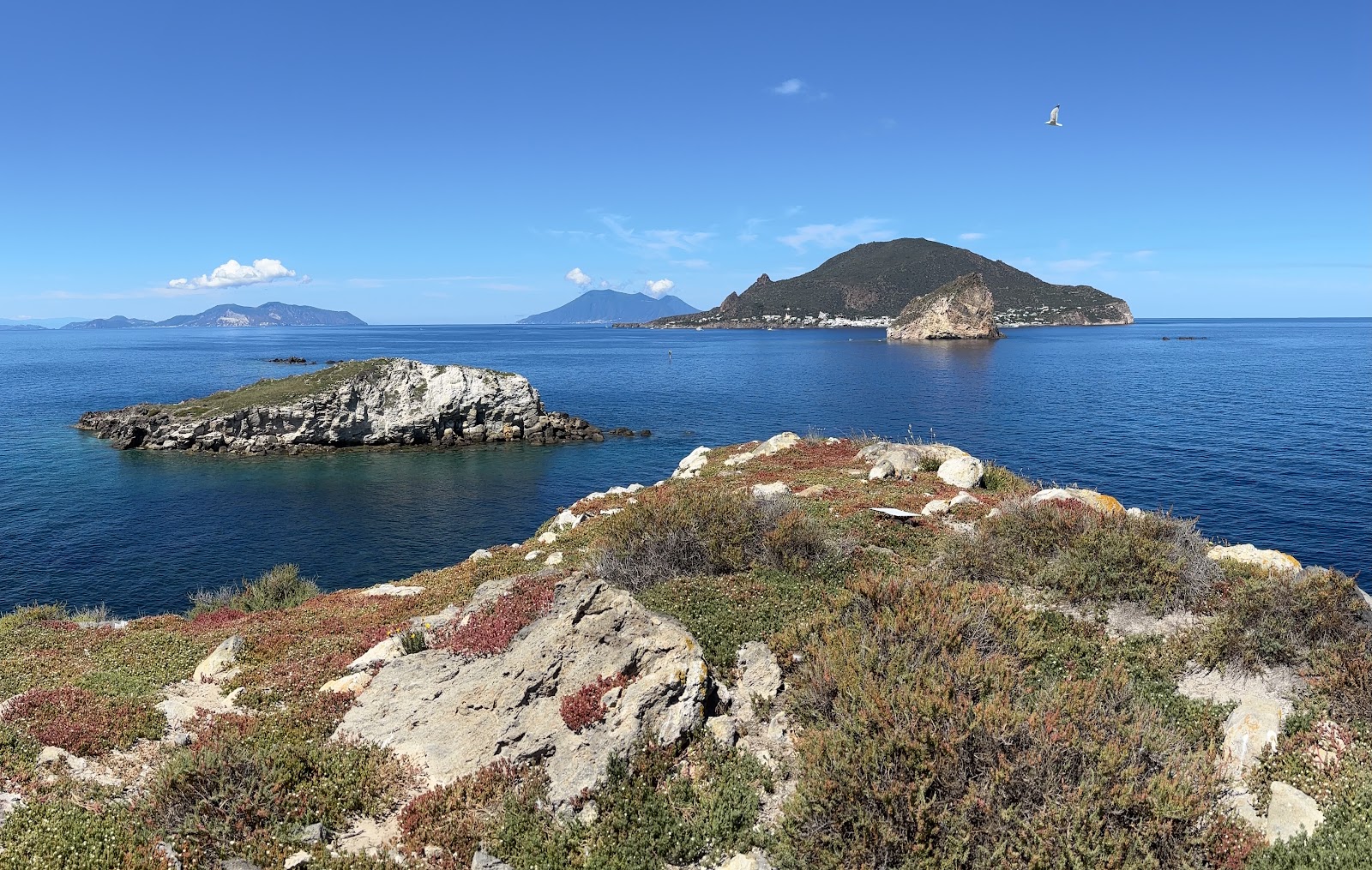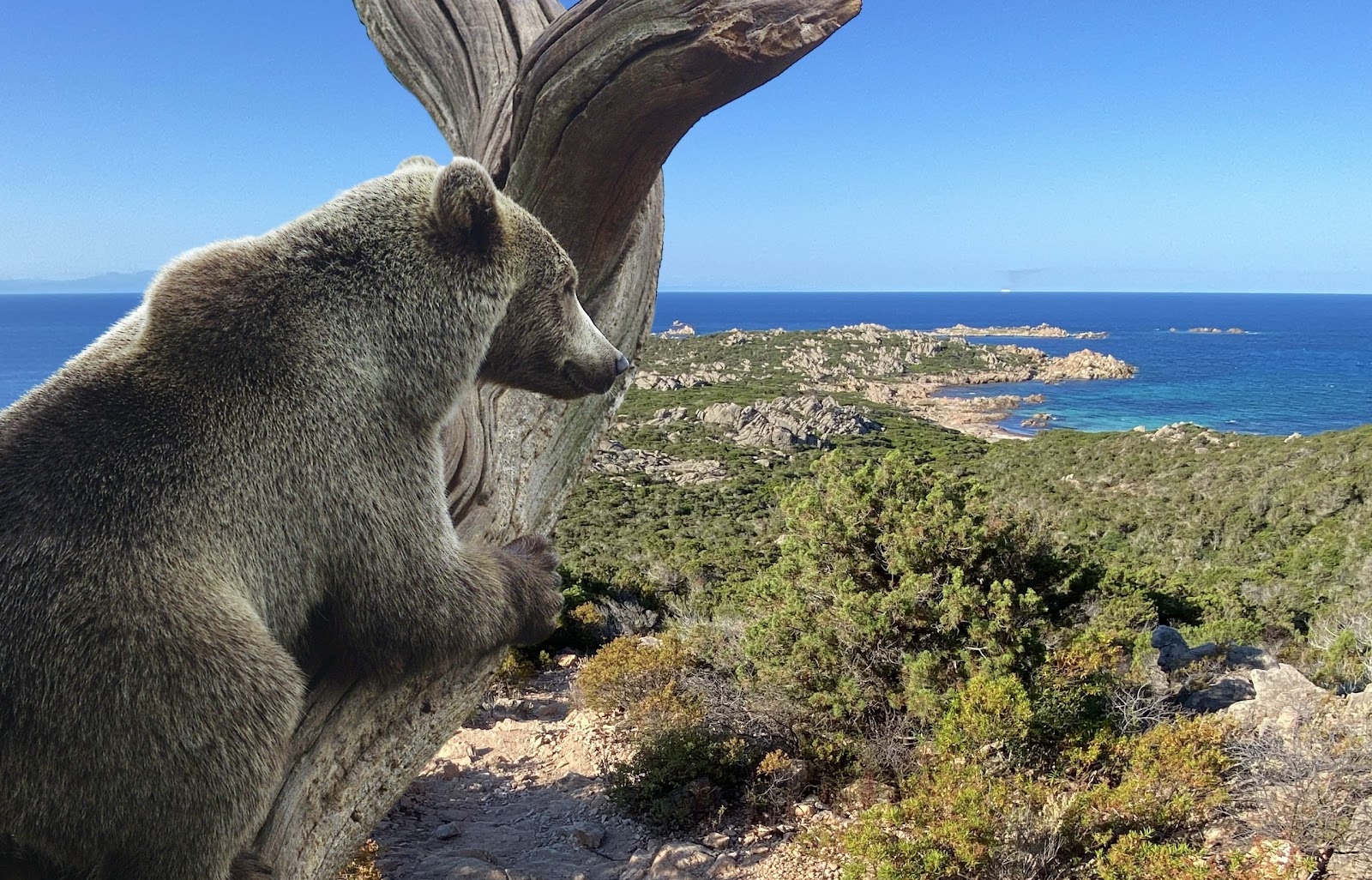The European Union has taken a significant step in strengthening its biosecurity by extending the list of invasive alien species (IAS) of Union concern, as mandated by Regulation (EU) No 1143/2014 on the prevention and management of the introduction and spread of invasive alien species. This crucial update adds a substantial number of new species, bringing the total from 88 to 114, marking a critical step in the EU's ongoing battle against biodiversity loss and economic damage caused by non-native organisms. Additionally the species clarifies some important taxonomic issues which will prevent confusion on the identification of a few species, among which the group of kingsnakes (Lampropeltis getula).
Formalized by Commission Implementing Regulation (EU) 2025/1422 of 17 July 2025, this expansion is particularly notable for its inclusion of challenging species across various fronts. It now extends further into marine environments, an area notoriously difficult to manage. Simultaneously, it also lists high-profile species like the American mink (Neogale vison) and the North American beaver (Castor canadensis), despite the significant economic interests characterising the former and the complex management challenges posed by the latter. While such listings trigger strict restrictions on activities like import, sale, breeding, and impose obligations for early detection and rapid eradication, the two years deferral of the mink and beaver's effective listing date demonstrates the Regulation's flexibility in meeting the needs of relevant stakeholders.
 |
| American mink (Neogale vison) farm © Photo: Riccardo Scalera |
For the majority of species, inclusion on the Union list means immediate enforcement of stringent measures. The newly added species significantly broaden the scope of the EU's IAS management across various taxonomic groups:
Terrestrial plants: this update sees the addition of new plant genera like black wattle (Acacia mearnsii), expanding on existing Acacia species such as golden wreath wattle (Acacia saligna). Other new terrestrial plants include paper mulberry (Broussonetia papyrifera) and cape ivy (Delairea odorata). Critically, a complex of highly invasive knotweeds – Japanese knotweed (Reynoutria japonica), Bohemian knotweed (Reynoutria x bohemica), and giant knotweed (Reynoutria sachalinensis) – are now collectively recognised, joining the previously listed Himalayan knotweed (Koenigia polystachya), underscoring the severe threat posed by this group. These new additions complement a substantial number of other terrestrial invasive plants already listed, including various hogweeds, grasses, and climbing vines.
Terrestrial birds: the list expands its avian representation with new bird species. The crested myna (Acridotheres cristatellus) joins the previously listed common myna (Acridotheres tristis), while the red-whiskered bulbul (Pycnonotus jocosus) adds another bulbul species alongside the red-vented bulbul (Pycnonotus cafer). These new avian invaders enhance the list's coverage of threats posed by other introduced bird populations, which includes species such as the Egyptian goose (Alopochen aegyptiacus) and ruddy duck (Oxyura jamaicensis).
Terrestrial mammals: beyond the deferred American mink and North American beaver, the list now includes the sika deer (Cervus nippon), joining the existing chital (Axis axis) and muntjac deer (Muntiacus reevesi), further addressing the impacts of non-native deer populations. The overall mammalian category on the list is now more comprehensive, covering a diverse array of other mammals, e.g. rodents, carnivores, and ungulates, already established in the Union, among which the coypu (Myocastor coypus) and the raccoon dog (Nyctereutes procyonoides).
Terrestrial invertebrates: this group sees a significant increase in attention. New types of predatory flatworms are added, including the kew worm (Bipalium kewense), and two species of New Guinea flatworm (Obama nungara and Platydemus manokwari), which join the previously listed New Zealand flatworm (Arthurdendyus triangulatus). The list also expands its invasive ant coverage with the Asian needle ant (Brachyponera chinensis), complementing existing fire ant species. The formidable Asian giant hornet (Vespa mandarinia) is also added, joining the previously listed Asian hornet (Vespa velutina) as a critical concern for pollinators.
Freshwater species: aquatic environments see a substantial increase in listed threats. New crayfish like the common yabby (Cherax destructor) and calico crayfish (Faxonius immunis) join an already extensive list of invasive crayfish. Several new invasive snails, including the Chinese mystery snail (Cipangopaludina chinensis) and giant ramshorn snail (Marisa cornuaretis), are added. The aquatic plant New Zealand pigmyweed (Crassula helmsii) and two new fish species, the oriental weatherfish (Misgurnus anguillicaudatus) and stripe weatherfish (Misgurnus bipartitus), also reflect a broadened focus on freshwater ecosystems. These new additions complement a comprehensive array of other existing freshwater fish, but also invertebrates, aquatic plants, and even amphibians and reptiles already on the list, demonstrating a holistic approach to aquatic biosecurity.
Marine species: building on the broad scope introduced, the expansion of the union list into marine environments remains a highly significant development. Given the notorious difficulty in managing alien species in marine settings and past reluctance from Member States to include them, the current update represents a considerable success. These additions now include the Northern Pacific seastar (Asterias amurensis), the dwarf surf clam (Mulinia lateralis), and Japanese eelgrass (Nanozostera japonica). These species join the previously listed marine algae, brown seaweed (Rugulopteryx okamurae), further demonstrating a growing recognition of invasive alien species impacts in seas and coastal areas.
 |
| Japanese knotweed (Reynoutria japonica) © Photo: Riccardo Scalera |
Furthermore, as highlighted during the 17th meeting of the Scientific Forum—the Regulation's advisory body of expert representatives from EU Member States—the Commission is actively preparing for future updates., with ongoing risk assessments for species such as the Asian jumping worm (Amynthas agrestis), Amazon frogbit (Hydrocharis laevigata), African boxthorn (Lycium ferocissimum), Amur river clam (Potamocorbula amurensis), white river crayfish (Procambarus acutus), Australian eelgrass (Vallisneria australis), cruel climber (Araujia sericifera), red shiner (Cyprinella lutrensis), a red alga (Gracilaria salicornia), giant East African snail (Lissachatina fulica), Dabry's weatherfish (Misgurnus dabryanus), Chinese softshell turtle (Pelodiscus sinensis), Canadian and giant goldenrod (Solidago canadensis and Solidago gigantea), and American red squirrel (Tamiasciurus hudsonicus) being thoroughly checked for compliance with the Regulation's criteria to identify additional species that qualify for listing, initiating discussions with Member States accordingly.

























